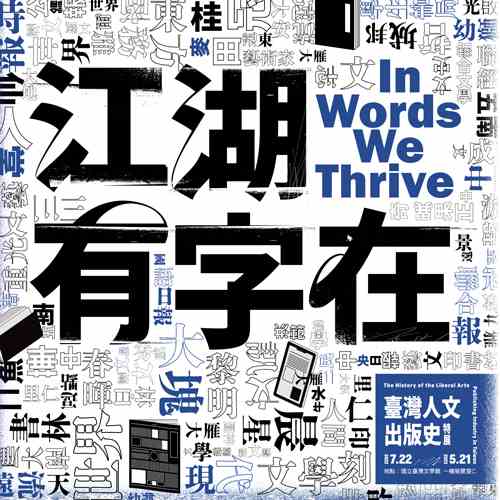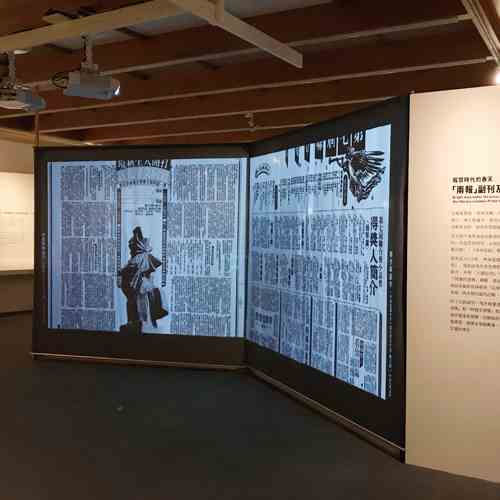The appearance of the Japanese-reading public|Taiwanese people opened up bookstores, too|The local publishing sector, catalyzed by warfare
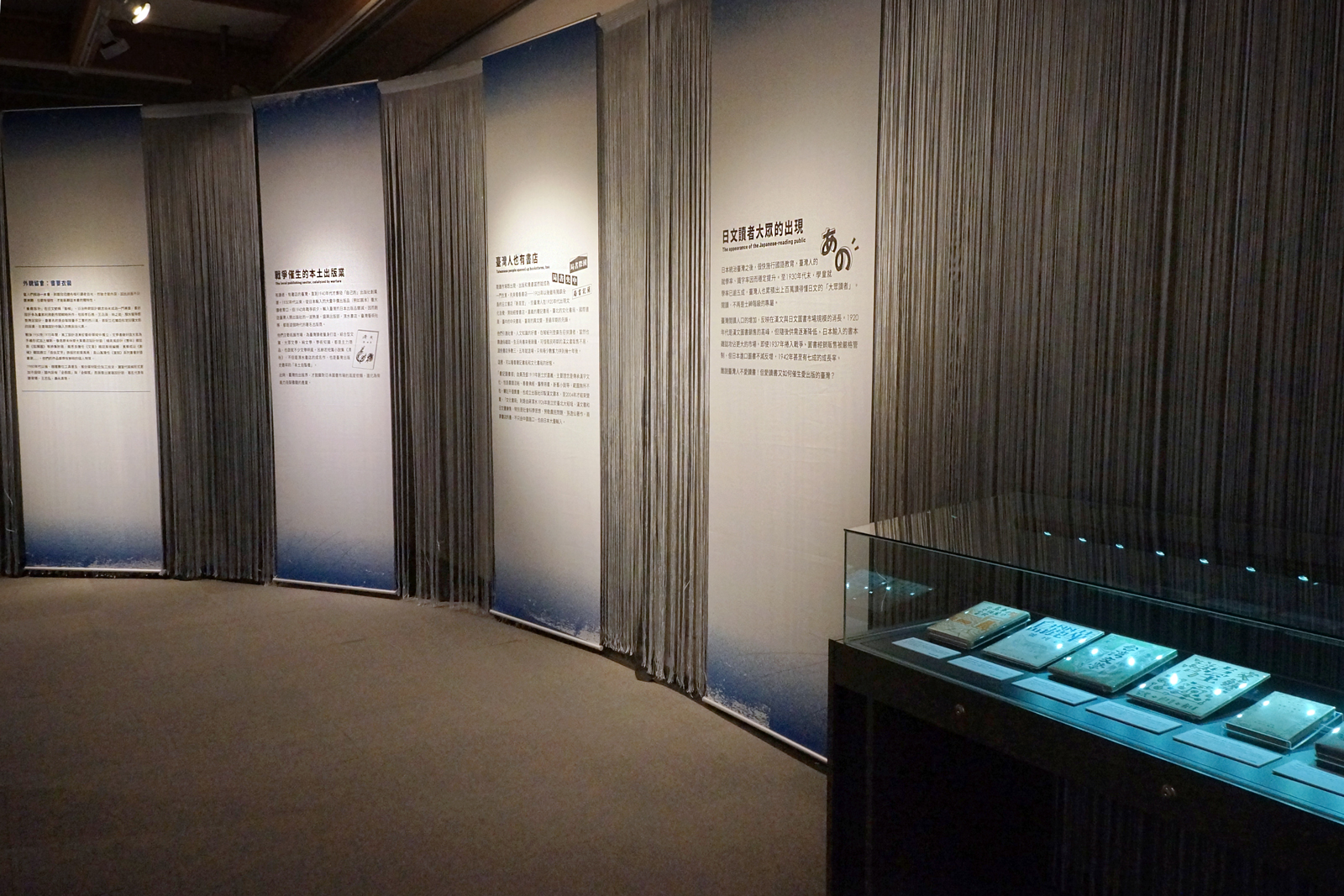
The earliest publisher in Taiwan was Song Yun Xuan Printing Workshop, which was located in Tainan in the early 19th century. This woodblock type printing workshop printed morality books and scriptures, genealogy books, fortune poems, children's enlightenment books, and sample articles for official exams. Sometimes, it helped customize personal poetry collections. The workshop changed hands and was suspended in 1922 after the owner was involved in the Tapani Incident.
The first movable type printing machine was brought by the Presbyterian Church of England. The newspaper produced by the machine were spread among the congregants.
During the Japanese Colonial Era, the movable type printing method began to be adopted around Taiwan. For instance, the TAIWAN DAILY NEWSPAPER in 1905 was already printed using a high-speed movable type printer. Yet, it was still only available to Japanese readers.
The unofficial publications written in the Chinese language in Taiwan were only printed with movable type printers as late as 1915. In 1927, the printing of THE TAIWAN MINPAO was moved from Tokyo to Taiwan. Lien Heng's "Notes on Printing" in 1932 stated: "With the start of sea transportation, printing machines were imported from Europe. The machines, used with lead type pieces, became the current movable type printers." The text suggests that Taiwan had entered an era of modern printing. Texts printed by these printers were standardized and easy to read; the cost of book printing decreased; publications became commoditized. All of these progressions helped build a community of general readers.
Although Taiwan made use of the movable type printing method before the 1930s, modern "publishing houses" were scarce. The books read by most readers were mainly imported from Tokyo and Shanghai.
The general readers in Taiwan first appeared before independent publishing houses that accidentally came into existence during the war. This is the story of the unique publication history in Taiwan as a colony.
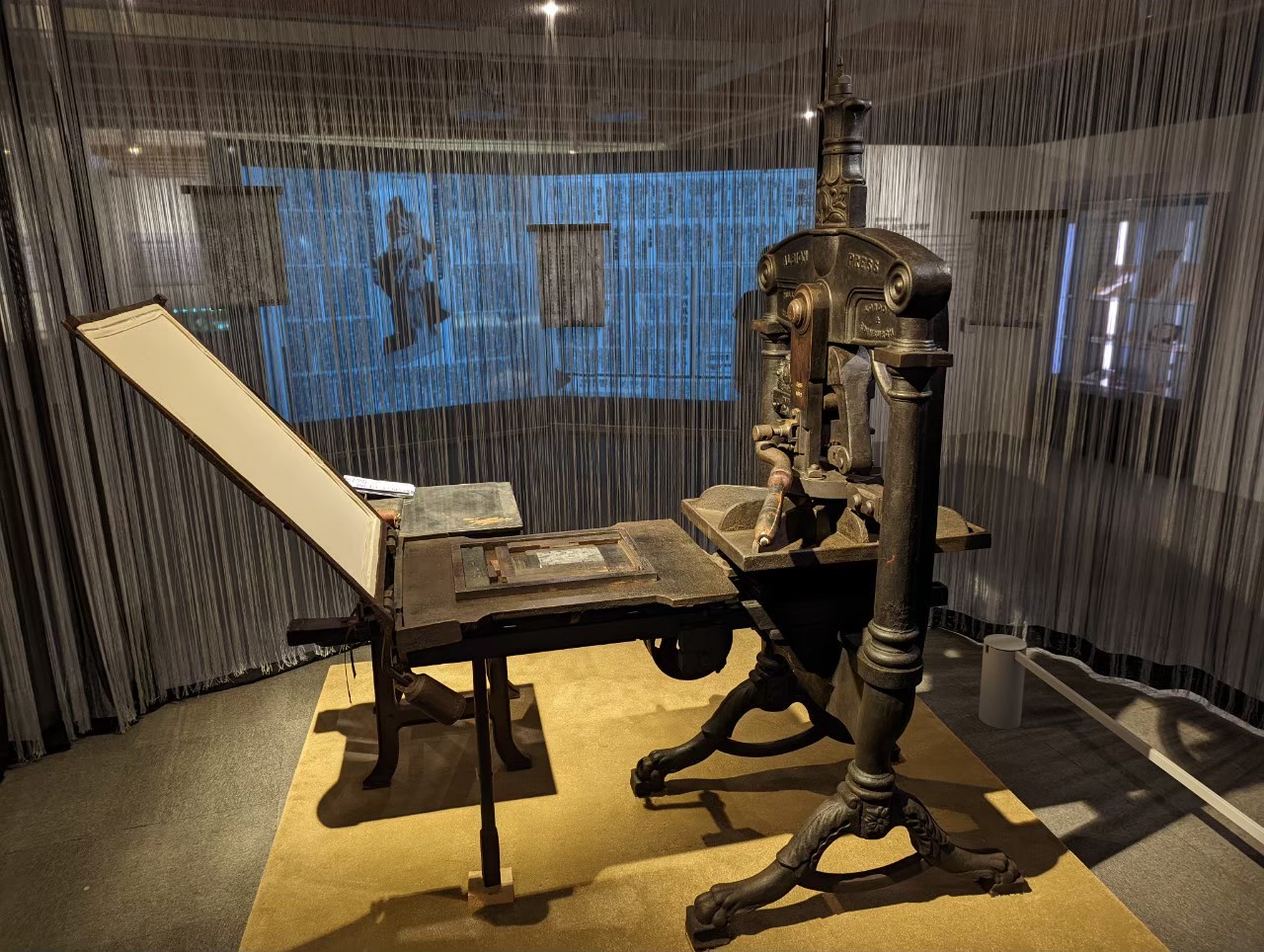
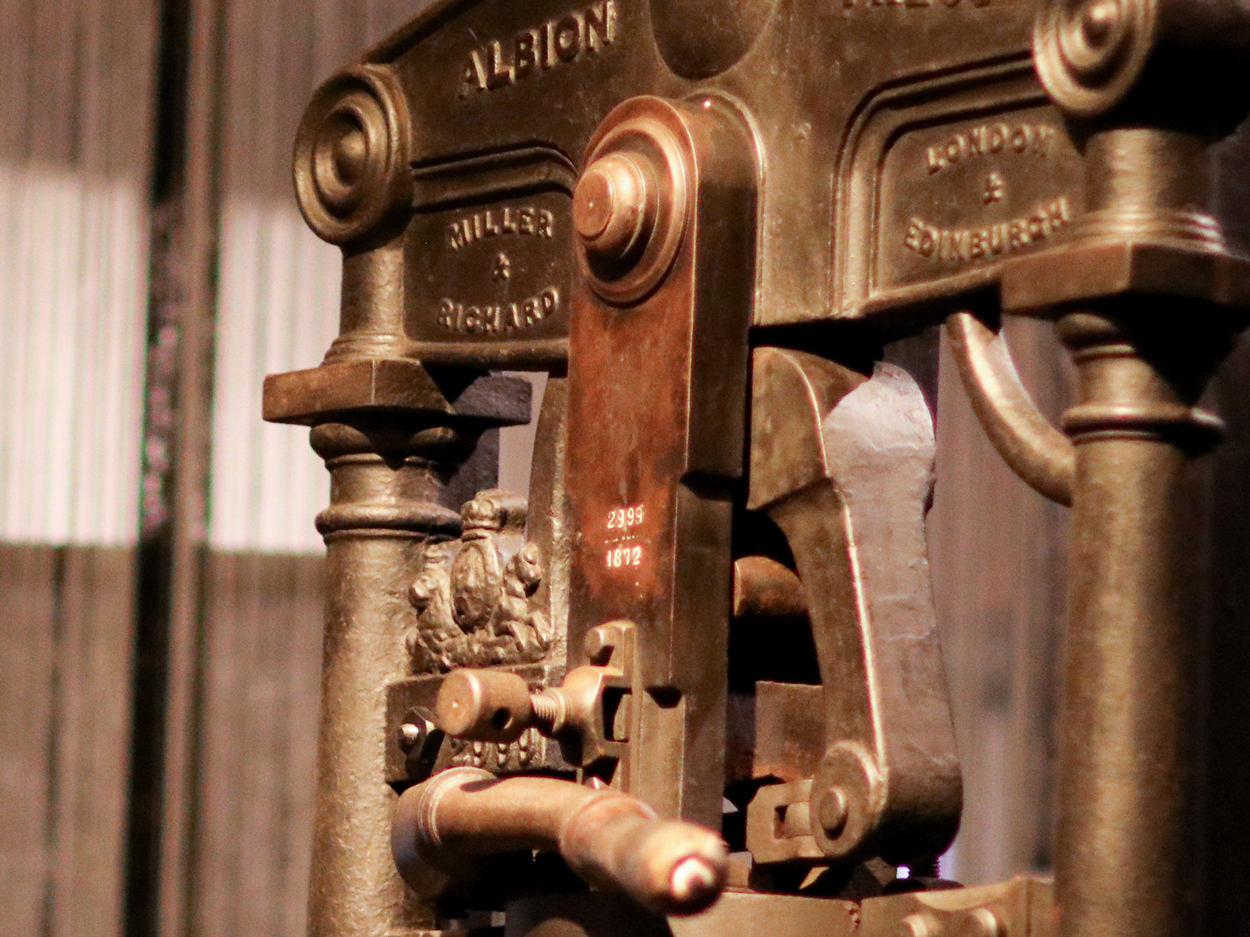
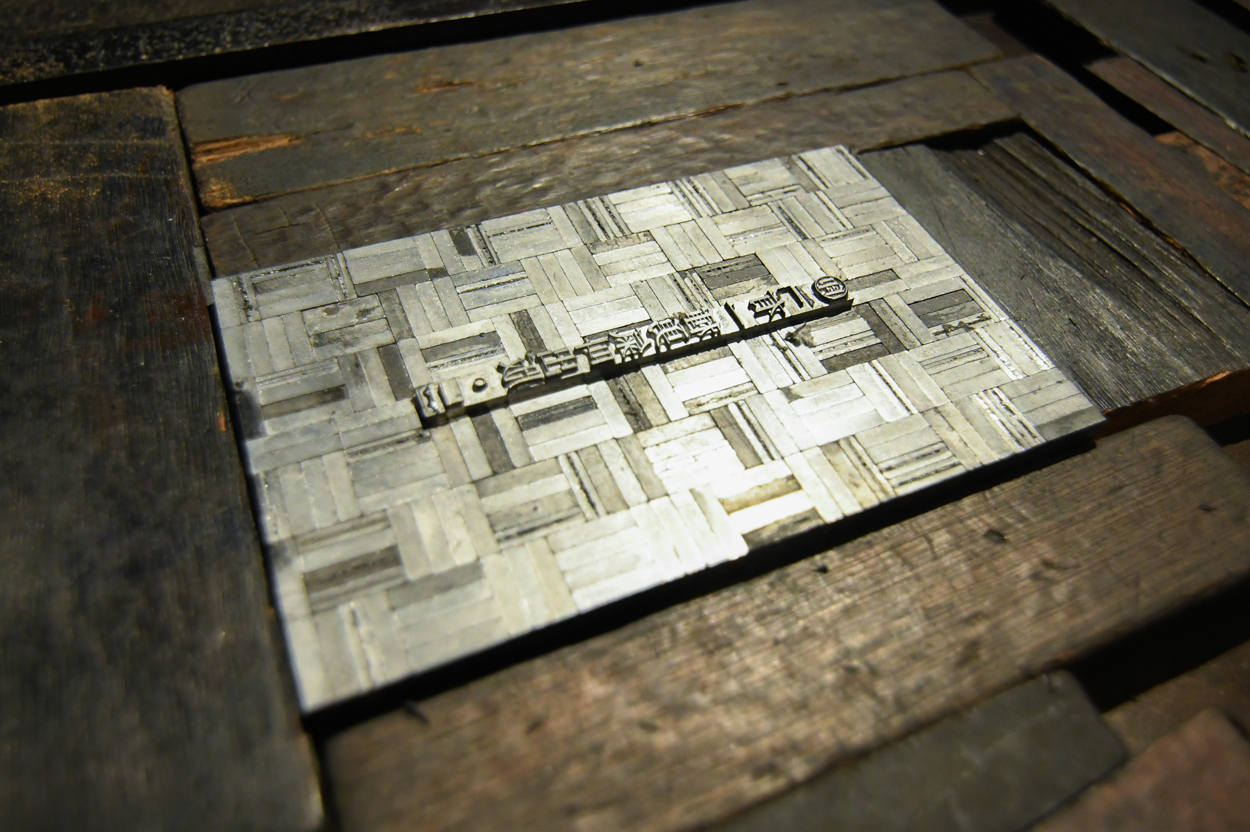
⁍ Albion Printer
In 1880, James Laidlaw Maxwell (1836–1921), a Presbyterian missionary, donated this printer from England. Missionary Thomas Barclay (1849-1935) used it to print the first newspaper in Taiwan: TÂI-OÂN HÚ SIÂⁿ KÀU HŌE PÒ (now TAIWAN CHURCH NEWS). The publication of this newspaper has continued to this day. This printer has existed for hundreds of years and still runs regularly. It was the first movable type printer in Taiwan and is the only one existing as well. Juzhen Tang, the printing institute established by Barclay, and its publication (TÂI-OÂN HÚ SIÂⁿ KÀU HŌE PÒ) helped improve literacy levels through romanization while promoting education and information. It bore the responsibility of printing, publication, and self-expression for Taiwanese people.
For information about the preservation and operation of the printer, please watch the corresponding videos: https://reurl.cc/j1N03y (This printer is provided by the history committee of the Presbyterian Church in Taiwan. It is currently restored and preserved by the National Science and Technology Museum.)
The appearance of the Japanese-reading public
After the Japanese government took over Taiwan, Japanese was soon taught in schools. Therefore, the school enrolment ratio and literacy rate among Taiwanese people steadily rose. By the end of the 1930s, the school enrolment ratio had already reached more than 50%. Also, millions of "general readers" who could read Japanese appeared. Reading was no longer an exclusive activity of the gentry.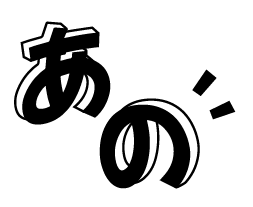
The increasing number of readers in Taiwan was also reflected in the growth and decline of Chinese and Japanese book markets. The 1920s were the peak of the sales of Chinese books. Yet, the supply and demand decreased slowly while books and magazines imported from Japan were the major part of the market. Although book sales were strictly restricted after the war broke out in 1937, the number of imported Japanese books actually increased; in 1942, there was even a 70% of growth rate.
Taiwanese people love reading! How did the love of reading lead to Taiwan's prosperous publishing industry?
Taiwanese people opened up bookstores, too
After the population of readers formed, the publication and selling of books became a thriving business. Let's take a look at the bookstores first: From 1905 onwards, "Nitakado Bookstore," a Japanese bookstore, dominated the entire Taiwanese books market. Nevertheless, Taiwanese people started to develop their own cultural awareness in the 1920s and began to run bookstores. Lanji Bookstore in Chiayi, Wenhua Bookstore and Guoji Bookstore in Taipei, Central Bookstore in Taichung, and Xinwen Zhai in Tainan were the pioneers in the early days.
These bookstores introduced good books on social science and humanities. They also attracted readers by posting newspaper ads and made a profit by selling secular magazines and books on daily life. Unfortunately, it was difficult to sell books written in Chinese under Japanese rule. Most of these bookstores disappeared within three to five years. Only a few of them managed to survive decades later.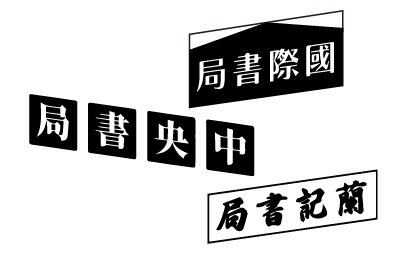
Here, you can take a closer look at Lanji Bookstore and Wenhua Bookstore at the time.
The Lanji Book Department was founded by Huang Mao-sheng in 1919. Its major objective was to promote Chinese characters; it sold almost everything from calligraphy work, books on morality and scriptures, medical books, to new and old novels. Lanji not only sold books, but also printed Chinese books by establishing a publishing house, which lasted till 2004. Meanwhile, Wenhua Bookstore was founded in Dadaocheng by Chiang Wei-shui in 1926; it sold both Chinese and Japanese books, especially the books on social science and the issue of laboring peasants, as well as books written by Sun Yat-sen. The books from these two bookstores were imported not only from China but also Japan.
The local publishing sector, catalyzed by warfare
Although there were already readers and bookstores in Taiwan, an increase in "local" publishers did not happened until the 1940s.
From the 1930s, a large number of affordable publications imported from Japan (e.g., one-dollar books) whetted Taiwanese readers' appetite for books. However, before the war in 1943, the import of Japanese publications in Taiwan suddenly decreased, leading to a surge of local publishers. Shengxing Publisher, Qingshui Bookstore, and Taiwan Art Publisher were all famous publishers at that time.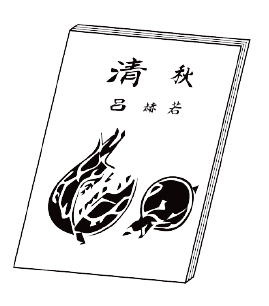
These publishers actively expanded the scope of their products and customized books for Taiwanese readers; their main publications included collections of multifarious topics, mass literature, pure literature, and academic publications, which also helped create many literary stars. Lu Ho-jo's short novel, AUTUMN, was a book that not only made Qingshui Bookstore famous, but also served as the earliest "locally printed book" in the history of Taiwan's publication industry.
At that time, Taiwan's publication industry broke away from its reliance on Japanese books market and evolved into an industry that could print books on its own.
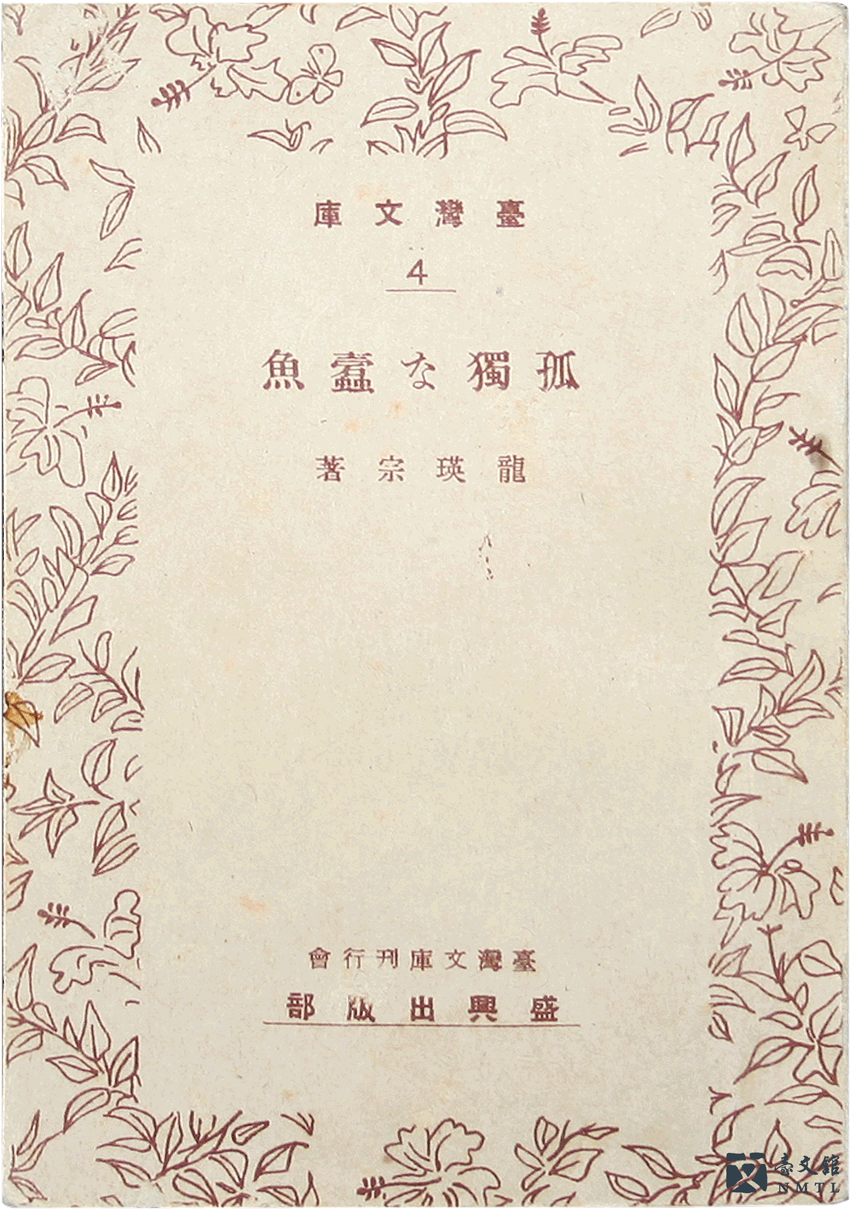
⁍ THE LONELY BOOKWORM, Lung Ying-tsung|Sheng-hsing Publishing, Taipei, 1943.12.
This book is a series of Japanese literature reviews and essays by Lung Ying-tsung, issued by Sheng-hsing Publishing which was founded by Yang Kuei. It includes: "Two Madman Diaries," "Gogol And His Works," "The Prospect of Taiwan Literature," and "The Lonely Bookworm"; a total of 15 excerpts mainly depict Lung's appreciation of celebrated world literature, his views on Taiwan's literary landscape, and reflections on personal creation. (Provided by Lung Ying-tsung/ From the National Museum of Taiwan Literature permanent collection)
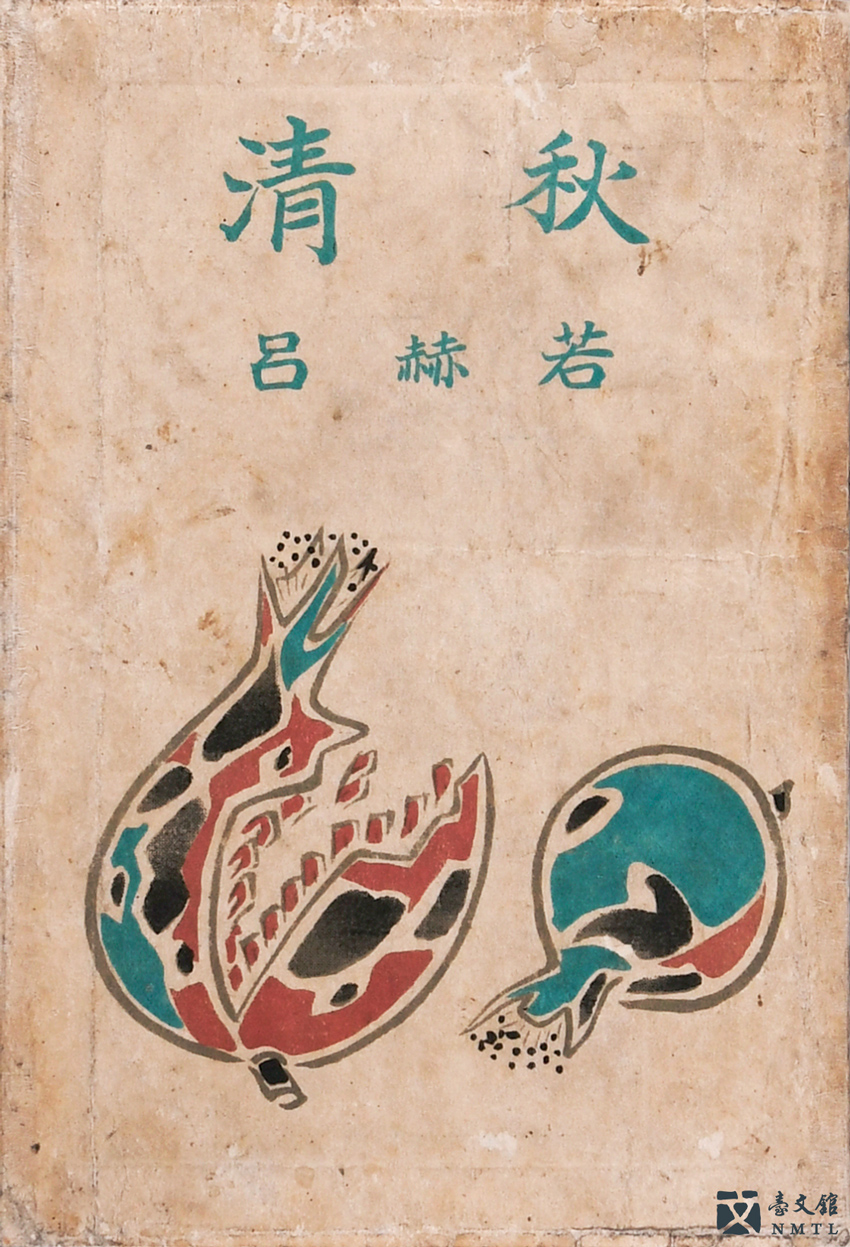
⁍ AUTUMN, Lu Ho-jo|Qingshui Bookstore, Taipei, 1944.3.
AUTUMN was printed by the Qingshui Bookstore in Taipei in 1944. It was the first pure literary writing in Japanese during the Japanese Colonial Era. It includes 7 important short novels by Lu Ho-jo written between 1941 and 1943: "Neighbor," "Pomegranate," "Wealth, Offspring, And Longevity," "A Family Tale," "Temple," "Moon Night" and "Autumn." (Provided by Hsu Su-lan/ From the National Museum of Taiwan Literature permanent collection)
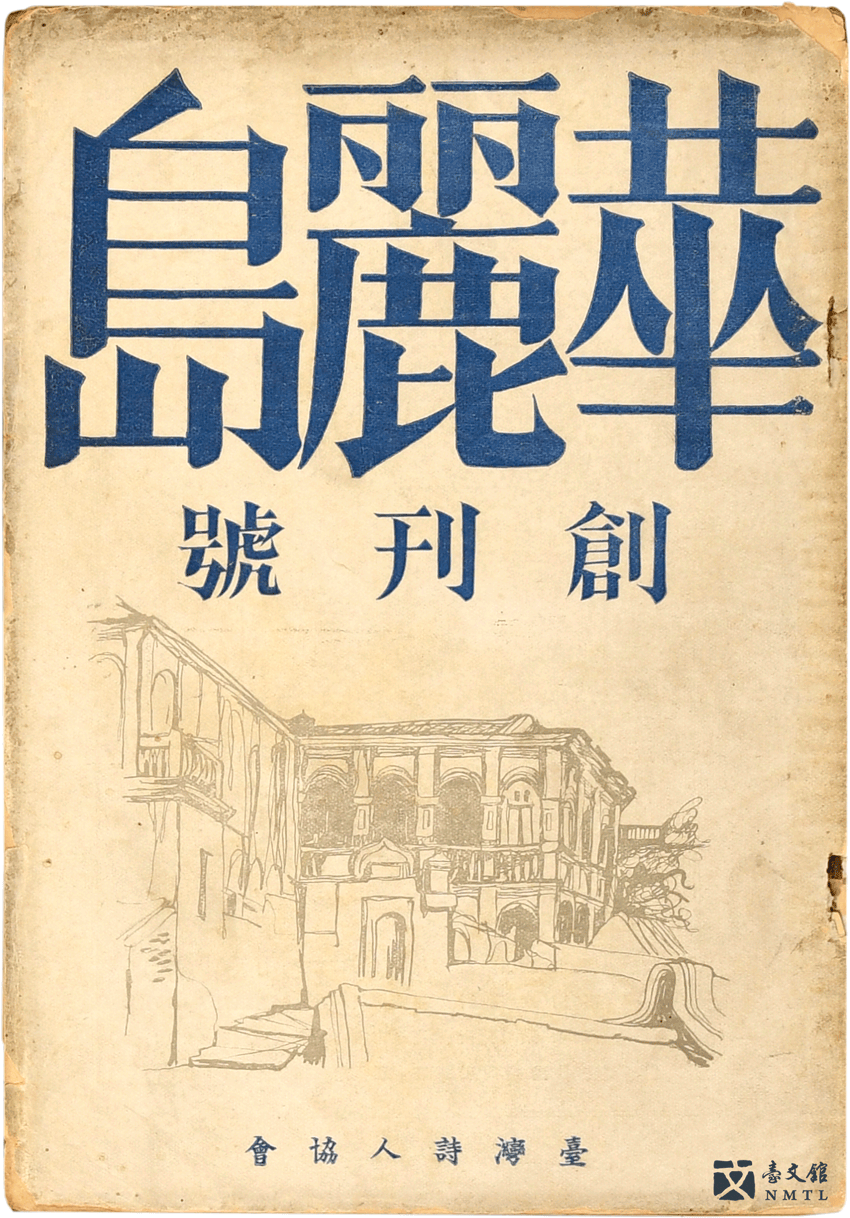
⁍ FORMOSA MAGAZINE (First Issue)|Taiwan Poets Association, 1939.12.
FORMOSA MAGAZINE was the official issue of the Taiwan Poets Association, founded during the civil war period. Led by publisher Mitsuru Nishikawa and editor-in-chief Kitahara Masayoshi, only one issue was ever circulated. Written in Japanese, it introduced poetry and some prose works. There were Taiwanese authors such as Yang Yun-pin, Huang Te-shih, Kuo Shui-tan, Wang Yu-lin, and Lung Ying-tsung. (Provided by Huang Te-shih/ From the National Museum of Taiwan Literature permanent collection)
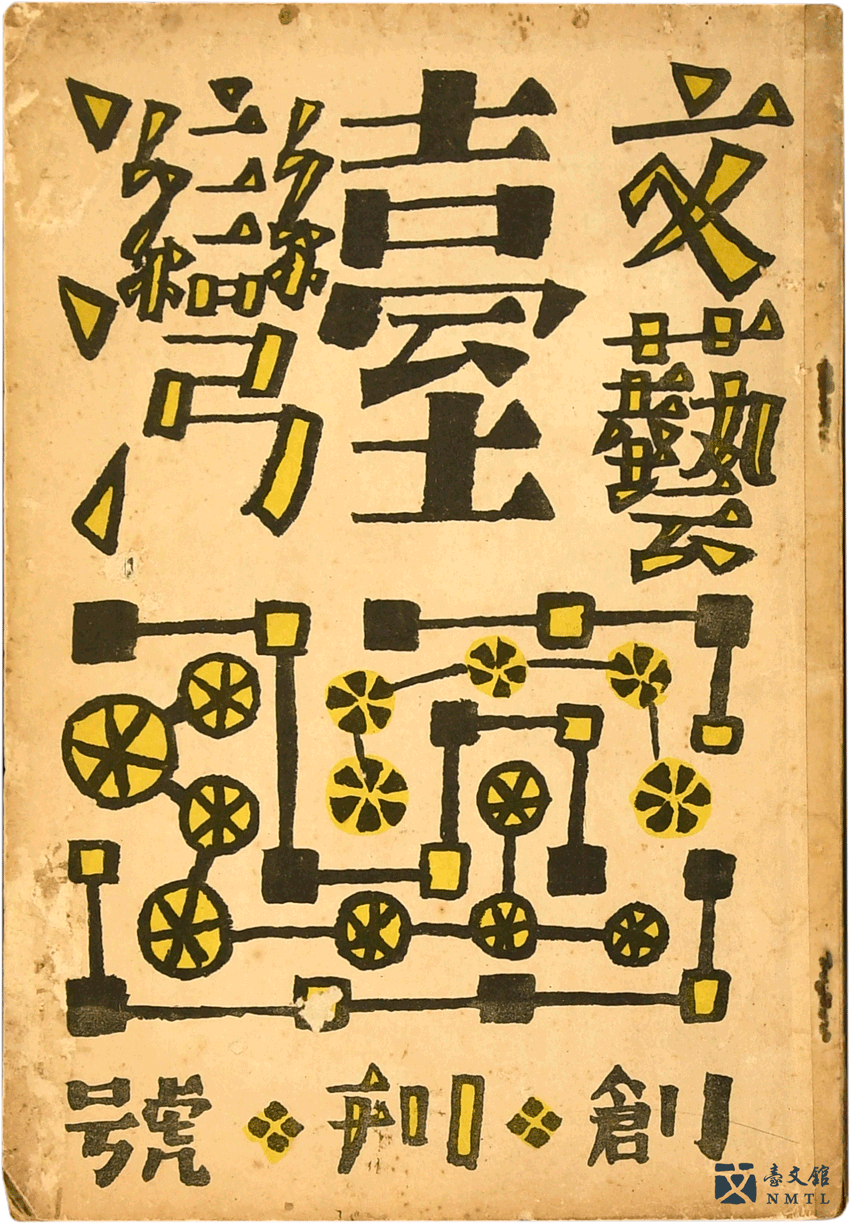
⁍ BUNGEI TAIWAN (First Issue) |Taiwan Literary Association, 1940.1.
In September 1939, Mitsuru Nishikawa mobilized Japanese scholars in Taiwan, official poets and a few Taiwanese writers to form the Taiwan Literary Association and launch BUNGEI TAIWAN. As the longest-lived comprehensive literary arts magazine during the Japanese occupation, its contents spanned novels, poetry/haiku, plays, tanka, and drawings. After the last issue was printed in January 1944, the magazine merged with other discontinued titles such as TAIWAN LITERATURE and became known as TAIWAN LITERARY. (Provided by Huang Te-shih/ From the National Museum of Taiwan Literature permanent collection)
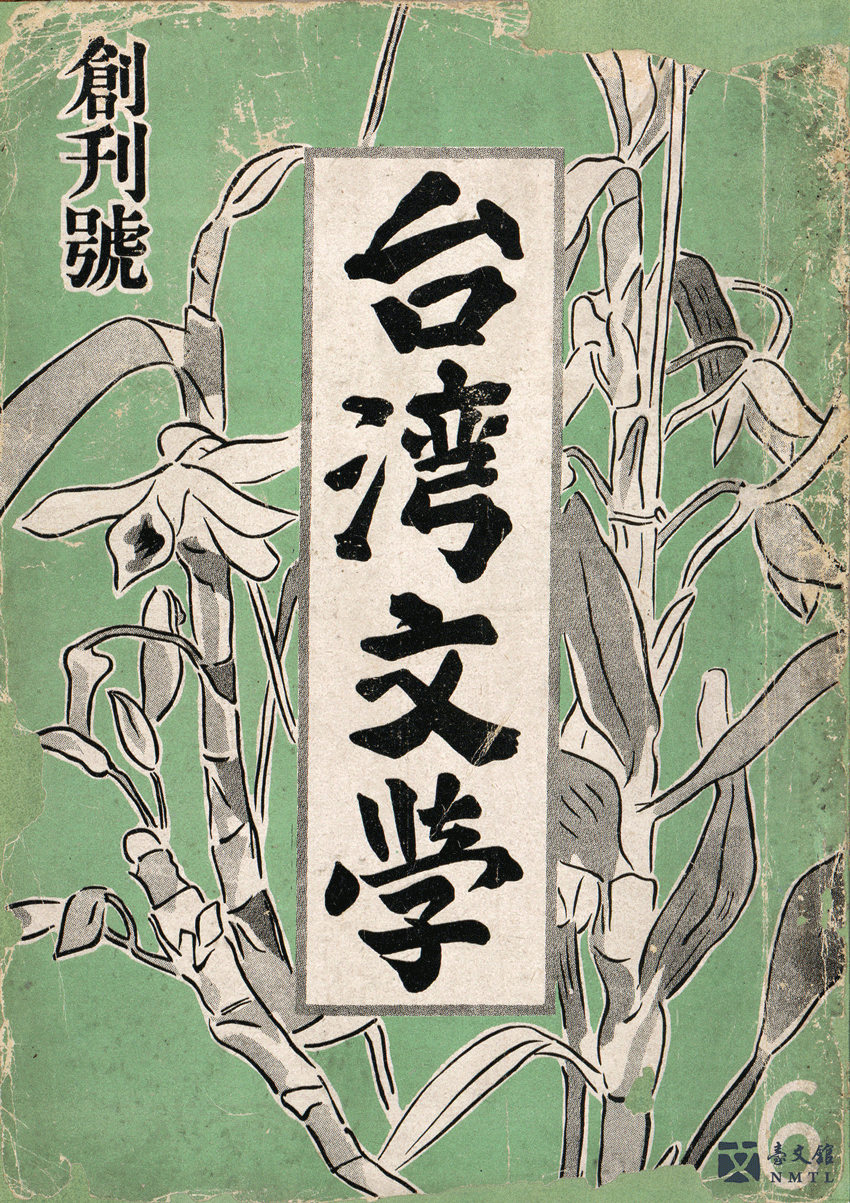
⁍ TAIWAN LITERATURE (First Issue)|Chi Wen Society, 1941.5.
A new literary magazine established during the Japanese colonial period, TAIWAN LITERATURE was issued by Chang Wen-huan and composed of members mostly from the Chi Wen Society. Active members then included: Lu Ho-jo, Huang Te-shih, Wu Xin-rong, Yang Kuei, Wu Tien-shang, and Chang Tung-fang. The publication featured important works of the generation such as Lu Ho-jo's "Wealth, Offspring, And Longevity," Chang Wen-huan's "The House of Yi-dan," and Yang Kuei's "A Village without Doctors." TAIWAN LITERATURE ceased in December 1943. (Provided by Lung Ying-tsung/ From the National Museum of Taiwan Literature permanent collection)
Special Column
Judge A Book by Its Cover
When persons receive a book, they are often attracted by the cover first before reading the content. Therefore, a book cover needs to be pleasing to the eye and special enough to reflect the book's uniqueness.
"Book design" is collectively called "Sōtei" in Japanese. Under Japanese rule, book designing was not yet a profession. Most book covers were designed by painters during their spare time. Li Shih-chiao, Wang Pai-yuan, Lin Chih-chu, and Yen Shui-long all designed book covers. The most famous book cover designer at the time was Mitsuru Nishikawa. He made limited hand-made books, using the prints made by Tetsuomi Tateishi and Miyata Yataro and incorporating religious and folk elements in his designs.
Between the 1950s and 1970s, the design field slowly separated from the field of art. Most covers of literary works were hand illustrated with photographs added. For instance, Liao Wei-lin designed book covers for Tayeh Bookstore; Yang Ying-feng designed for HARVEST magazine and poetry collection LONELY COUNTRY; Lung Sih-liang acted as the art editor of APOLLO MAGAZINE; Huang Hua-cheng composed "free text" typesetting for THEATRE QUARTERLY in an avant-garde way; Gau Shan-lan illustrated the covers of the book series published by CROWN CULTURE…. The works of these people all vividly represented their own characteristics.
After the 1980s, with the spread of digital tools, mixed media, and updated techniques, the field of book design in modern days is limitless. Taiwan has Golden Tripod Awards for Publications and Golden Butterfly Award to honor outstanding book designers; the representative ones include Xiao Qing-yang, Wang Zhi-hong, and Aaron Nieh.
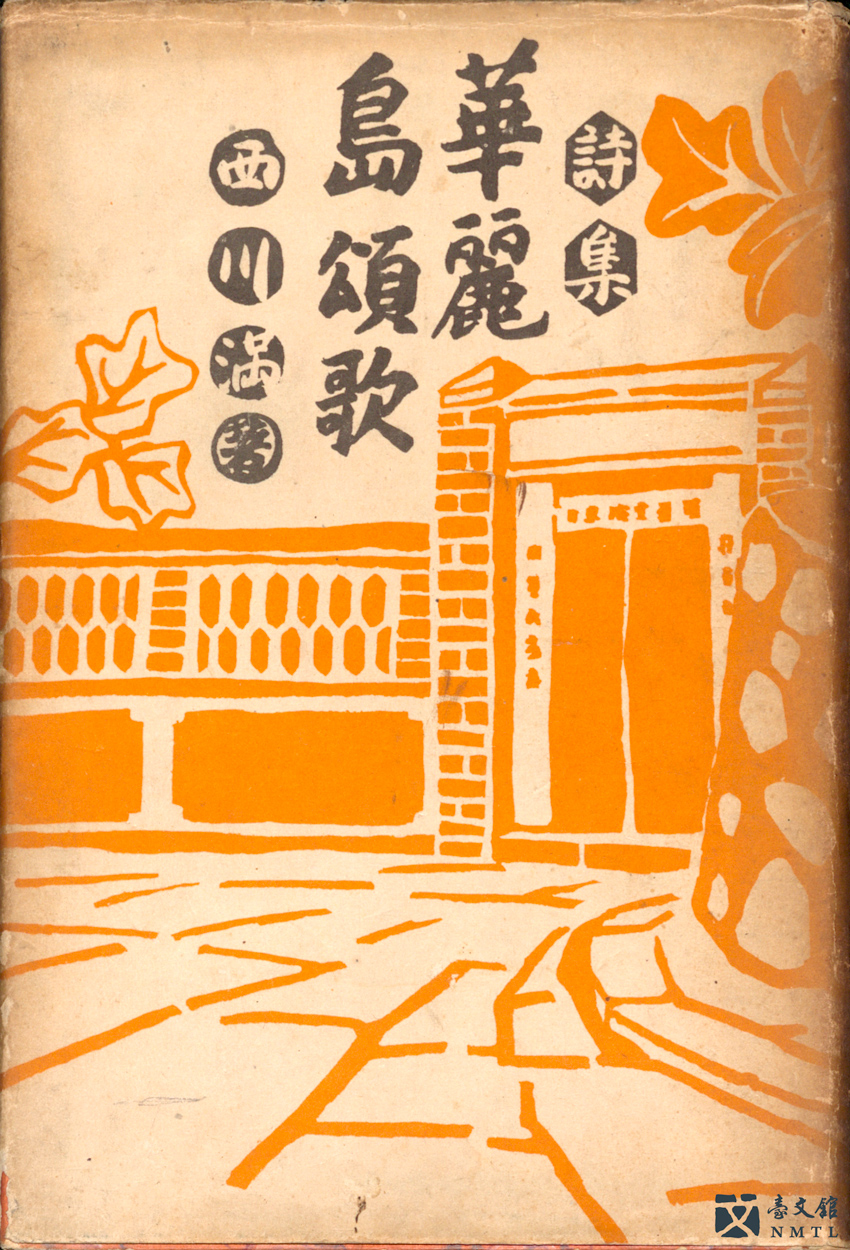
⁍ PAEAN TO THE BEAUTIFUL ISLAND, Mitsuru Nishikawa|Nichikōsanbō, Taipei, 1940.9.
PAEAN TO THE BEAUTIFUL ISLAND was designed by Mitsuru Nishikawa himself. Only 500 copies were published. The first 75 copies were the Liji version, while the rest were the Gongnu version. The Liji version were printed with two covers: blue and yellow. The museum exhibits a copy of the Gongnu version with a red cover. The book's illustration was made by Tateishi Tetsuomi. This poetry collection, including photos taken by Mitsuru Nishikawa at Tainan Kaiyuan Temple, is his most representative work. (Provided by Lung Ying-tsung/ From the National Museum of Taiwan Literature permanent collection)
